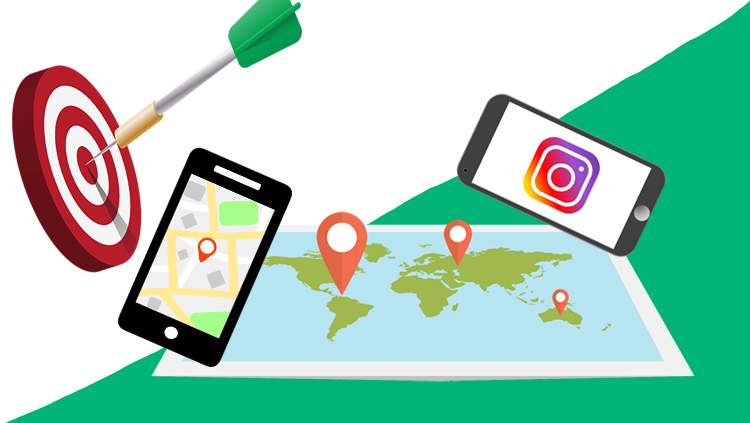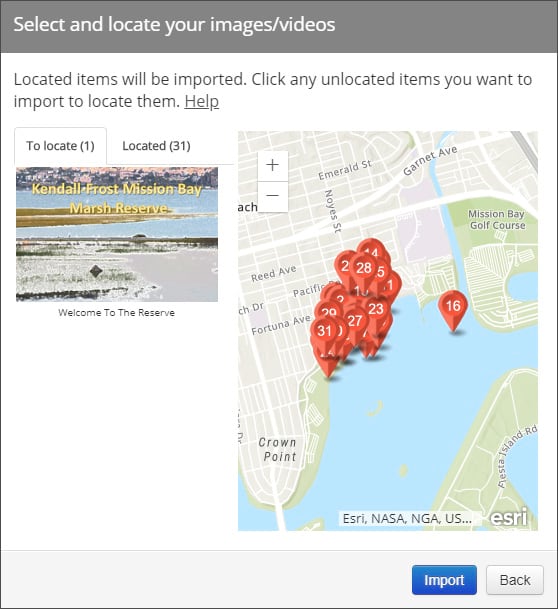

- #LOOK AT LOCATION OF PHOTO GEOTAG HOW TO#
- #LOOK AT LOCATION OF PHOTO GEOTAG PRO#
- #LOOK AT LOCATION OF PHOTO GEOTAG SOFTWARE#
- #LOOK AT LOCATION OF PHOTO GEOTAG DOWNLOAD#
If you have ever taken photos with your smartphone then most likely your photos as geotagged (assuming geolocation is enabled on your phone). The geographic information (latitude, longitude, altitude, bearing or direction, and date/time stamp, etc.) are stored in the image’s EXIF header. A geotagged photo has associated geographic location added to it by a process called geotagging. If you have a need to map and view your geotagged photos then this post is for you. I thought I would a complementary posting on mapping and viewing geotagged photos in QGIS. I think it’s good idea to learn both ArcGIS and QGIS.Īnyway, enough on ArcGIS.
#LOOK AT LOCATION OF PHOTO GEOTAG PRO#
If you are a student, you can look into the Learn ArcGIS Student Program (launching September 1, 2020) that gives qualified students free access to AGOL and ArcGIS Pro for a year through a membership in the Learn ArcGIS organization. You can get a free public ArcGIS Online (AGOL) account if you’d like to give it a try. We had an interesting discussion on teaching GIS in the academia (although I am no longer in academia - I still enjoy teaching and doing trainings).
#LOOK AT LOCATION OF PHOTO GEOTAG SOFTWARE#
It provides some very useful information for on using ESRI software (AGOL) to map and view geotagged photos. You can read his post on Using the Photos with Locations Tool in Education. able to interpreter geographical coordinates to share with friends or everyone.Today’s post is inspired by Joseph Kerski, who works at ESRI doing GIS in Education. Now that the photos are geotagged we can upload in one of the many sharing soft wares and online services as Panoramio, Flickr, Picasa, etc. Now we just have to save clicking on Images -> Save changes. The map with the route we did will appear, with the places we took photos in evidence: Confirm clicking OK in the dialog box that will appear.Click the OK button in the bottom right.Choose the GPX file recorded with EasyTrails GPS.If we have already synchronized them we just have to do: Click on “synchronize with GPS data file”.Īs we can see, in the yellow box is possible to modify the potential differences of clocks between iPhone and camera.
#LOOK AT LOCATION OF PHOTO GEOTAG HOW TO#
Now we are going to see how to use Geosetter, bearing in mind that the operations to do are really similar also for the other software.
#LOOK AT LOCATION OF PHOTO GEOTAG DOWNLOAD#
Once we are back at home we download all the pictures in a folder of our computer, together with the track recorded with EasyTrails GPS, exported in GPX format. Now launch EasyTrails GPS, start the recording, and place the iPhone where we prefer (in the bag, in the rucksack, in a pocket,…) and let’s go take photos with ours favourite camera. This is not necessary, because we may correct possible differences later on, as we will see, but it makes everything easier.

Let’s take our camera and synchronize its clock with the one of the iPhone. Obviously we don’t have to do it manually: there are really good free softwares that can do it. We just have to cross-check the time we took the photo with the data of the track. So we can know accurately where we are every moment.



 0 kommentar(er)
0 kommentar(er)
